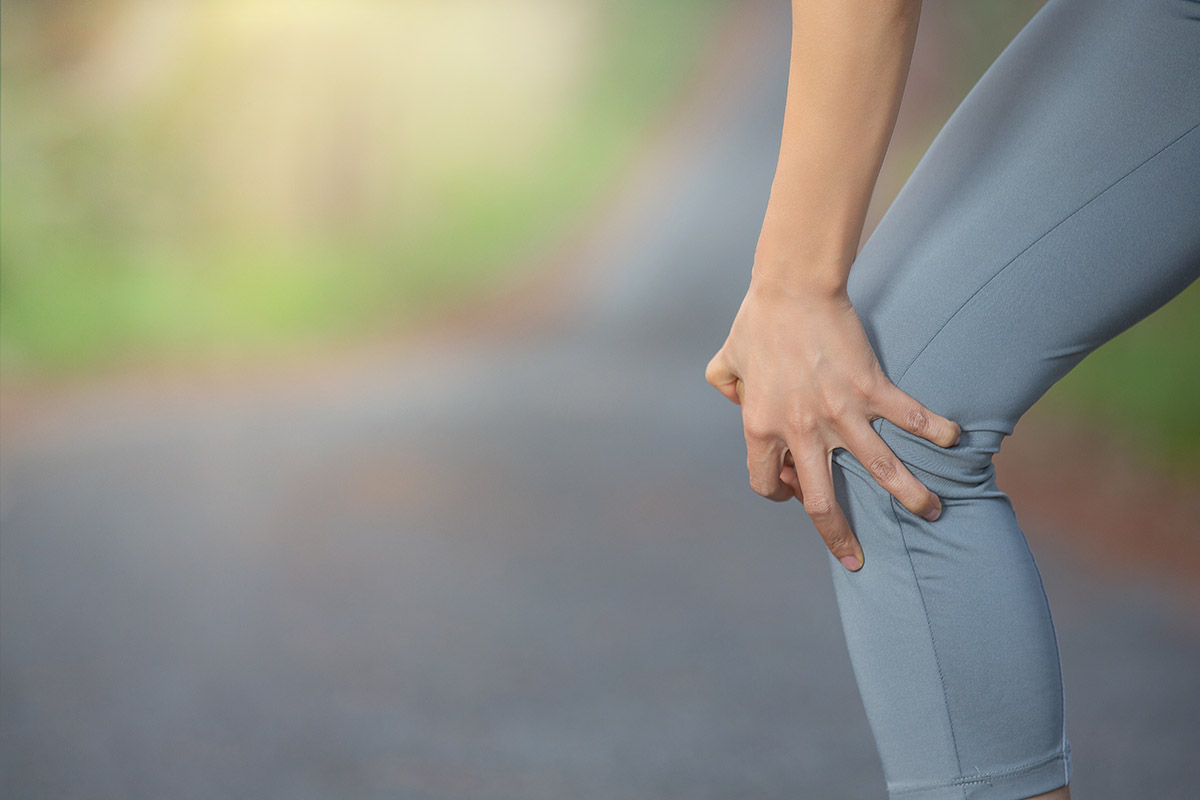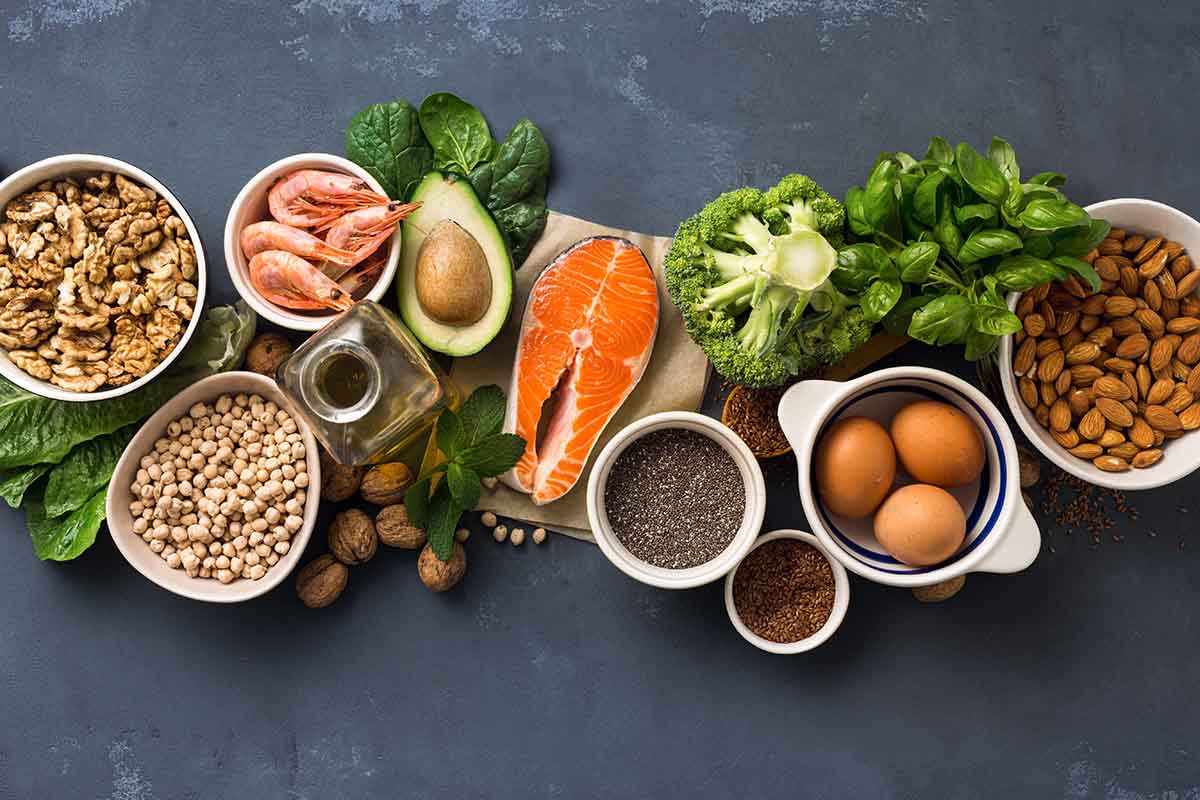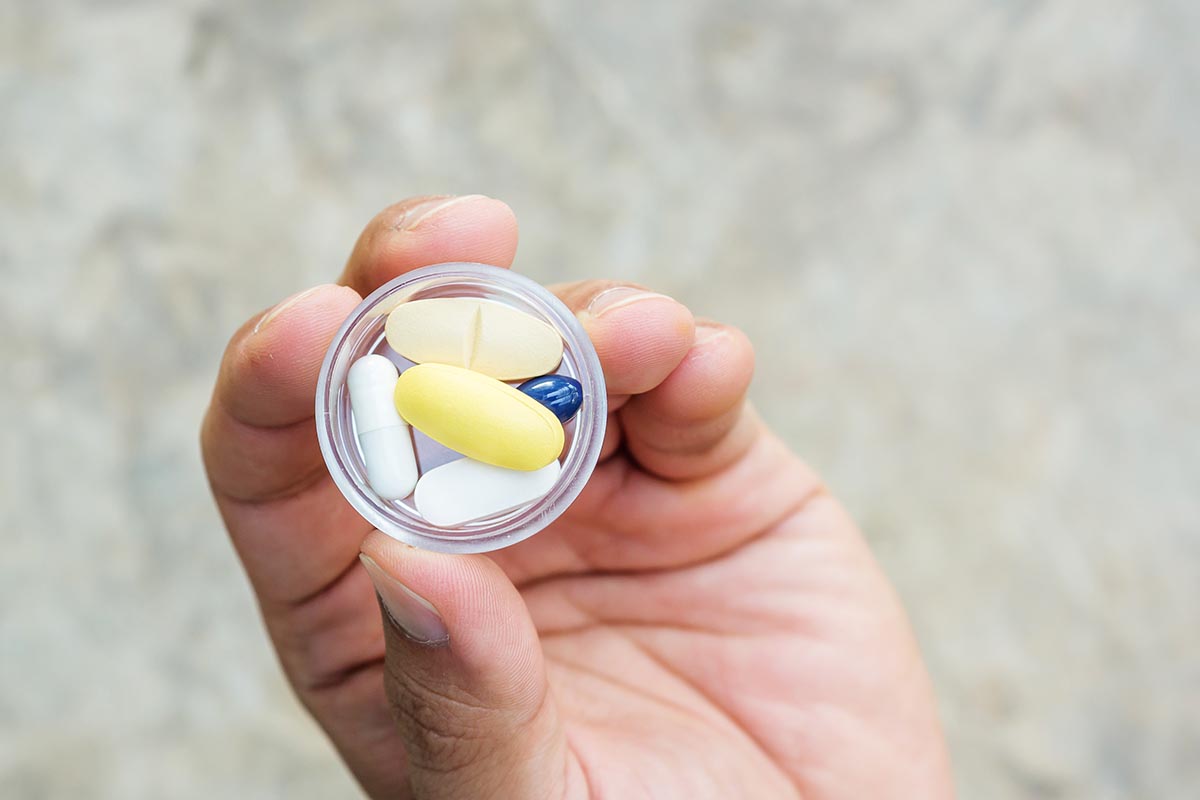Our joints carry a heavy load of our body’s misfortune and pain. They are our body’s soldiers, and we should honor them as such. It may seem like taking prescription painkillers is your only option, but it’s not.
Companies such as Phytage Labs take your joint health seriously and may be able to improve your joint pain without prescription medication. If you constantly ask yourself what helps joint pain, take comfort in knowing some methods like orthopedic services can help.
This article discusses three distinct ways you can alleviate joint pain without drugs. The two most important aspects of removing joint pain are diet fixing and exercising. You can also use supplements on top of your diet and exercise program to ensure you get the right amount of essential nutrients in your body.
If you’ve been in and out of lower back pain specialists, and nothing seems to be getting fixed, it’s time to think outside the traditional healthcare box. Continue reading to discover the best ways to treat your joint pain without drugs.
What Helps Joint Pain? What Causes Joint Pain?
In most cases, arthritis causes joint pain affecting multiple body areas. Disorders that cause arthritis differ in their tendencies. Some arthritis disorders affect more joints than others; some affect the skeleton’s central part, such as the pelvis or spine. Some arthritic conditions are also acute, while others are chronic.
Acute arthritis that affects multiple joints is most often associated with:
- A viral infection;
- The beginning of a joint disorder such as rheumatoid arthritis or psoriatic arthritis;
- Gout.
Less common causes of acute arthritis in multiple joints:
- Lyme disease;
- Gonorrhea;
- Streptococcal bacterial infections;
- Reactive arthritis (arthritis that develops after a digestive or urinary tract infection.)
Inflammatory disorders such as rheumatoid arthritis, noninflammatory condition like osteoarthritis, and juvenile idiopathic arthritis all cause chronic arthritis. Chronic arthritis can affect the spine as well as the peripheral joints.
Other medical conditions that can cause joint pain:
- Bursitis;
- Lupus;
- Gout;
- Mumps, influenza, hepatitis;
- Injury;
- Tendinitis;
- Overuse of a joint;
- Cancer;
- Fibromyalgia;
- Osteoporosis;
- Sarcoidosis;
- Rickets.
What Are Good Ways to Cope With Joint Pain Without Medication?
There are many effective ways to manage your joint pain. The three main ways to relieve joint pain are exercise, diet, and supplements.
What Helps Joint Pain: Exercise and Weight Loss
Exercise
One of the primary benefits of exercise that other relief measures can’t provide is strengthening muscles around joints. From a biomechanical perspective, your joints should not be responsible for doing work. The muscles should perform, like generating power. When your joints do such work, they begin to wear down and cause pain. Proper exercising techniques improve your joint health and increase your stability.
Proper exercise techniques for joints are typically low-impact such as biking, using the elliptical, performing stabilization exercises for balance, yoga, and water aerobics. Range-of-motion exercises also help your joint mobility so you can avoid stiffness.
Joint pain exercise tips:
- Stay low impact with your exercises (especially when you’re beginning). High-impact and high-intensity exercises such as running or heavy lifting can exacerbate your joint pain.
- Apply hot-cold therapy before and after your workout. Icing and heating before and after your workout improves your performance and expedites recovery. Both hot and cold therapy should be applied in 20-minute increments.
- Make sure to warm up your joints before performing more complex exercises. You should increase your range of motion (ROM) with stretching exercises and increase your heart rate with aerobic exercises. Perform warm-up exercises ten minutes before you start the main portion of your workout.
- Take your time increasing your workout intensity. Workouts shouldn’t make you feel like you’re in severe pain. They should improve pain and improve your energy. If your workouts make you feel more pain than prior, you should try to modify your workouts to make them more manageable and beneficial.
Weight Loss
One of the easiest ways to take the pressure off your joints and relieve some pain is by managing your weight. Extra weight adds pressure to your knees, hips, ankles, and lower back. The American College of Rheumatology and Arthritis Foundation (ACR/AF) recommends weight loss for anyone with OA, overweight or obese.
Losing weight can relieve stress off your joints by:
- Improving your mobility;
- Decrease your pain;
- Preventing future damage to joints.
What Food Should You Eat for Joint Pain?
What you put into your body is what you get out, and you’ll notice that more and more when you add the following foods to your diet. These foods build bone density, strengthen your connective tissue, and reduce inflammation in your joints.
Omega-3 and Fatty-Acids
Foods rich in Omega-3 fatty acids (polyunsaturated fatty acids) reduce inflammatory proteins in the body, which is a leading cause of joint inflammation. You can find these nutrients in cold-water fish such as tuna, salmon, trout, halibut, and sardines. You can also take Omega-3 supplements to give you your daily dose.
Brassica Vegetables
Also referred to as cruciferous vegetables, brassicas are closely associated with the mustard and cabbage family. These leafy greens like mustard greens, arugula, kale, purple cabbage, broccoli, cauliflower, and Brussels sprouts.
The brassica family of vegetables blocks enzymes that cause swelling in joints. Loaded with fiber, vitamins, and nutrients, brassica vegetables are an essential diet component to alleviate joint pain.
Colorful Fruits
In recent years, many pseudo-dieticians have created a bad reputation for fruits. Many people mistakenly believe they shouldn’t eat fruits because of their high sugar content. But while people shouldn’t rely on fruits as the main component of their diet, specific fruits significantly aid in the fight against joint pain. For example, blueberries, which contain a high dose of anthocyanins (one of the most potent flavonoids), “shut down” inflammatory responses in the body.
Pineapples are also cut due to their high bromelain content, a nutrient known for reducing joint inflammation caused by osteoarthritis and rheumatoid arthritis. However, the core contains the most bromelain content, so pineapples are more nutrient-rich when you blend the core into a smoothie.
What Vitamins Should You Take for Joint Pain?
Taking daily supplements acts as the sugar on top of any joint health routine. Exercise and diet should be the foundation of your joint pain relief routine. Supplements and vitamins should strengthen this foundation.
Glucosamine
Perhaps the most effective vitamin for joint pain relief is glucosamine. A natural component of cartilage, taking glucosamine aids in your joint recovery and overall health. Gluco type 2 is an innovative product from Phytage Laboratories that reduces inflammation and helps with nerve pain.
Condroitin
Condroitin is another foundational piece of cartilage. One study showed that 53% of people who used condroitin experienced a 20% decrease in knee pain. Most supplements combine glucosamine and condroitin, but it is unknown whether taking these supplements in combination is better than one at a time.
Turmeric
Turmeric’s pain-relieving effects come from a chemical compound known as curcumin. Research supporting turmeric’s effect on joint pain is sparse. However, an analysis published in the NCBI found that turmeric has a similar joint relief ability to ibuprofen.
What Helps Joint Pain: A Three-Pronged Attack Against Joint Pain
Whether your joint pain is acute or chronic, and whether an underlying condition causes your joint pain, there are ways to combat the nagging aches and pains that inhibit you from enjoying your day. Performing the proper exercises, adjusting your diet, introducing vitamins and supplements to your routine, and possibly even consulting with an experienced orthopaedic specialist can help you better manage your joint pain and gain more control over your life.






















